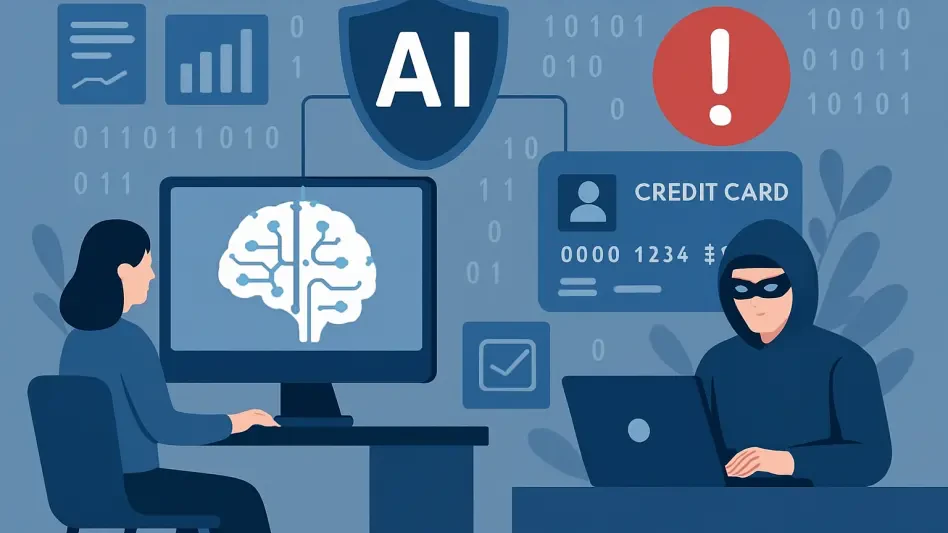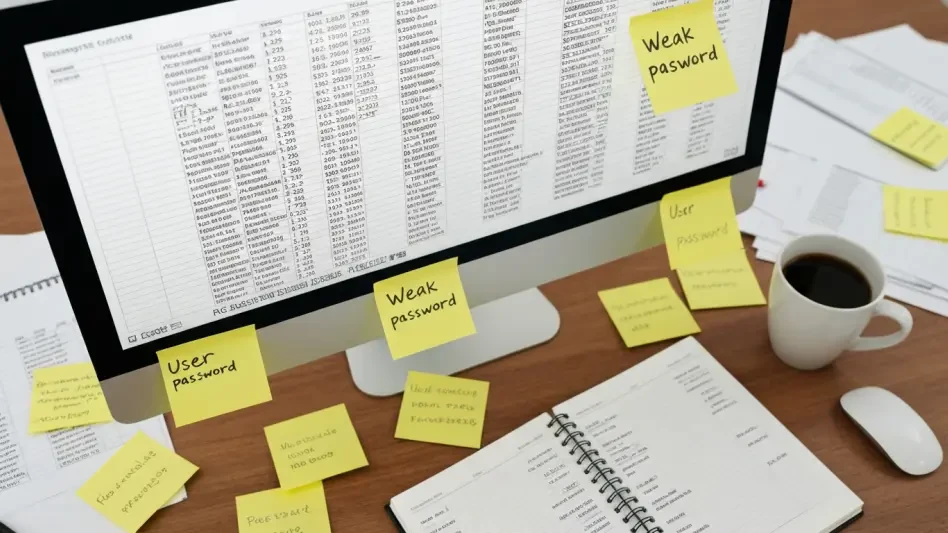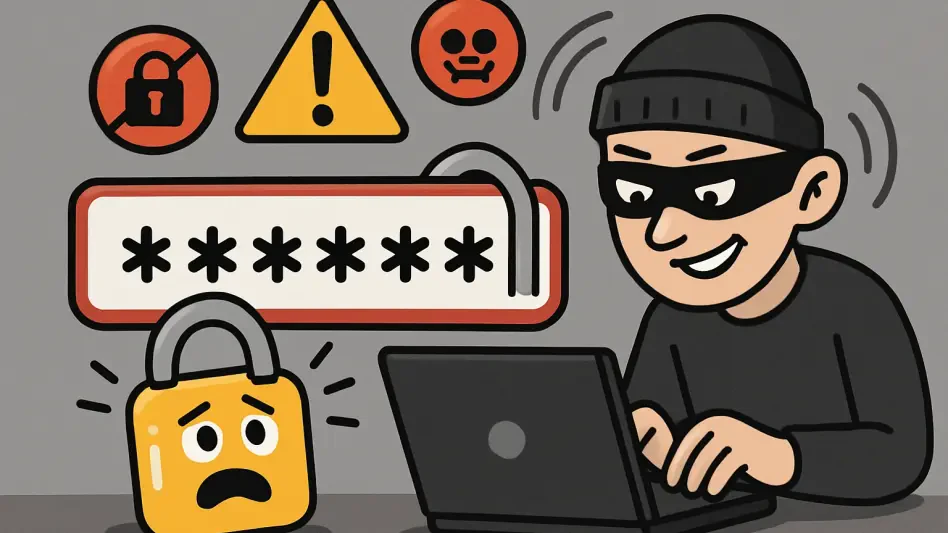In the first half of 2025, a staggering 217,000 fraud risk cases were recorded in the National Fraud Database, painting a grim picture of deception in the digital age, where Artificial Intelligence (AI), once heralded as a beacon of innovation, now fuels sophisticated scams at an unprecedented scale. This leaves individuals and organizations increasingly vulnerable. This roundup delves into diverse perspectives from industry reports, sector analyses, and socioeconomic studies to uncover how AI drives this surge in fraud. By compiling insights from multiple sources, the aim is to provide a comprehensive view of the challenges and potential solutions in combating this growing threat.
Unpacking the AI-Fraud Connection: Diverse Perspectives
AI as a Tool for Deception: Industry Insights
Across various industry reports, there’s a consensus that AI has become a powerful weapon for fraudsters. Advanced algorithms enable the creation of fake identities and forged documents, bypassing even robust verification systems with alarming ease. One key finding indicates that deepfake attacks, which manipulate biometric checks, occur with shocking frequency, highlighting a critical gap in current security frameworks.
Differing views emerge on the pace of response to these threats. Some industry analyses argue that existing measures are rapidly becoming obsolete against AI’s evolution, pushing for immediate overhauls in detection technology. Others caution that over-reliance on tech solutions might overlook simpler, yet effective, procedural safeguards, suggesting a blended approach to stay ahead of deceptive tactics.
Sector-Specific Impacts: Telecoms in the Crosshairs
Focusing on specific industries, the telecom sector stands out as a prime target for AI-driven fraud, with a reported 40% surge in account takeover attacks this year. Organized schemes, often dubbed “mobile dealer” fraud, exploit consumer trust through fake deals and device interceptions, leading to a staggering 647% increase in related cases. This data underscores the sector’s vulnerability to targeted scams.
Contrasting opinions exist on the extent of the problem. While some sector analyses point to underreporting as a significant barrier to understanding the full scope, others believe the reported figures already signal an urgent need for enhanced protections at consumer touchpoints. There’s also debate on whether telecom companies should bear more responsibility or if broader regulatory intervention is required to curb these attacks.
Emerging Threats: Technological and Global Concerns
Looking at cutting-edge developments, multiple sources warn of escalating AI-driven fraud through more advanced deepfake techniques and automated scam campaigns. These emerging threats are not confined to one region, as global accessibility to AI tools facilitates cross-border deception, complicating enforcement efforts. The scale of this issue is a growing concern for international security frameworks.
Opinions differ on solutions to these technological frontiers. Some advocate for innovation in AI-detection tools as the primary defense, while others question if technology alone can address such a dynamic problem. A recurring theme is the call for human oversight to complement automated systems, ensuring that proactive strategies keep pace with rapidly evolving threats.
Socioeconomic Drivers: The Human Side of Fraud
Shifting focus to the human element, various studies highlight economic pressures as a key driver behind fraud, with a 35% rise in misuse of facility cases and a 32% increase in insider fraud. Financial desperation often pushes individuals into deceptive practices, such as money muling or concealing critical background information for employment. These trends reveal a deeper societal challenge intertwined with technological fraud.
Perspectives vary on addressing this issue. Certain analyses emphasize tackling root causes like financial hardship through broader support systems, arguing that this could reduce fraud’s human toll more effectively than punitive measures. Conversely, others stress stricter internal policies within organizations to deter insider threats, suggesting that prevention must start from within to mitigate risks fueled by economic strain.
Key Takeaways from Multiple Sources
Synthesizing these insights, it’s evident that AI’s role in scaling fraud is a shared concern, with deepfake attacks and sector-specific scams like those in telecom dominating discussions. Economic pressures further complicate the landscape, as legitimate account holders and employees contribute to fraud under financial stress. While some sources prioritize technological advancements to counter AI-driven deception, others advocate for addressing socioeconomic factors and enhancing human oversight.
Disparities in opinion also surface on resource allocation. A segment of industry voices pushes for heavy investment in cutting-edge detection tools, whereas another group argues for balancing tech with consumer education and internal audits. This diversity of thought underscores the multifaceted nature of fraud prevention, requiring a tailored mix of strategies to address both external and internal threats.
Actionable Steps and Future Outlook
Reflecting on this roundup, the discussions in 2025 revealed a complex interplay of AI sophistication and human desperation driving record fraud cases. The insights gathered from various industry reports and studies provided a nuanced understanding of how technology amplifies deception while economic factors fuel individual involvement. These conversations laid bare the urgent gaps in current defenses against evolving scams.
Moving forward, actionable steps emerged as critical. Organizations should invest in advanced AI-detection tools to counter deepfake and automated threats, while strengthening insider threat policies to address internal risks. Consumer education on scam prevention must be prioritized, empowering individuals to monitor accounts for suspicious activity. Looking ahead, collaboration between businesses, policymakers, and communities is essential to develop innovative solutions and systemic changes that outsmart fraudsters in the coming years.








